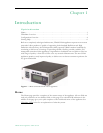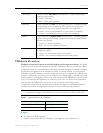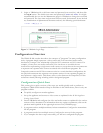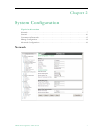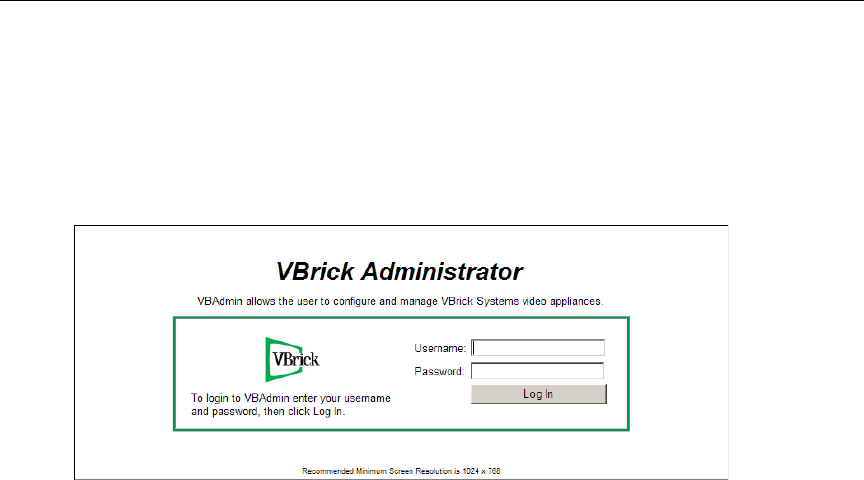
4 © 2009 VBrick Systems, Inc.
2. Login to VBAdmin with a valid user name and password (case-sensitive), and then click
the Log In button. The default user name and password is admin and admin. It is highly
recommended that you use the Maintenance pages in VBAdmin to change the user name
and password. The user name and password cannot exceed 20 characters. It may include
any combination of alphanumeric characters and only the following special characters:
~ ! # $ ^ * + & [ ] { } | < >
Figure 3. VBAdmin Login Page
Configuration Overview
The VBrick H.264 encoder introduces the concepts of "programs" for many configuration
tasks. A program simply represents a video source and/or an associated audio source.
Another key concept is the relationship of physical I/O connectors and I/O sources. For
example, you may have two audio connectors. You can choose to consider the two
connectors as representing a single stereo audio source or you can choose the two connectors
to represent two separate audio sources associated with two different programs. If a
Composite connector and S-Video connector exist in a certain hardware configuration, the
two physical connectors may represent two separate sources for two separate programs or
may represent a single source. This allows users to select between the Composite/S-Video
connectors thereby allowing switching within a designated program.
Configuration Quick Start
This section gives a quick overview of the steps you would typically need to perform to
configure a VBrick H.264 encoder. Keep in mind that in this initial release, there is only one
program available.
T To quickly configure an encoder appliance
1. Set up the appliance and connect a video source as explained in the H.264 Appliance
Getting Started Guide.
2. Launch VBAdmin and configure the video and audio sources as explained in the various
sections of this document. For information about any option or parameter, click on the
question mark hyperlink in the upper-right corner of any VBAdmin page.
3. A program can have multiple multicast/unicast transmitters. Configure the transmitters
for the program.
4. A program can also have multiple servers. Configure the servers for the program.
5. If you complete the above steps successfully, you will have configured the program.








